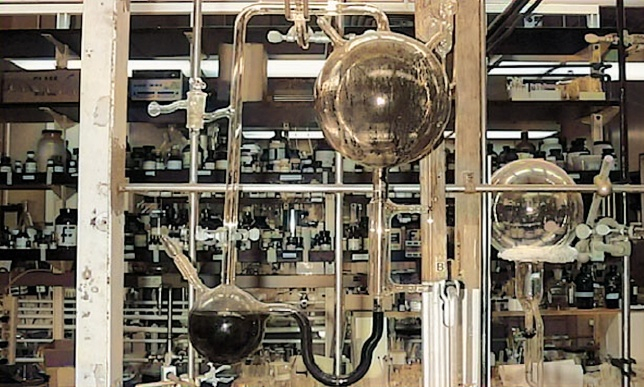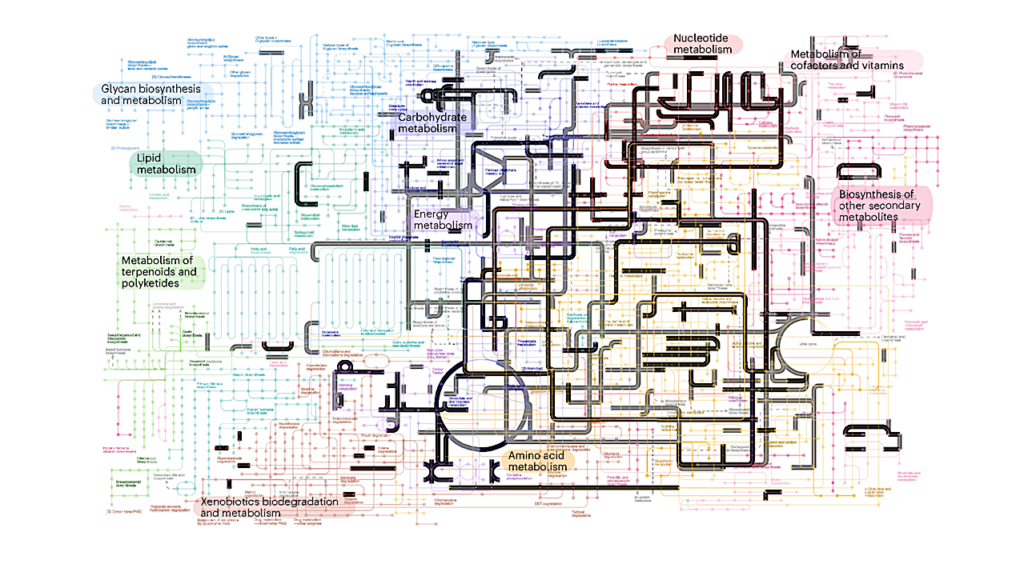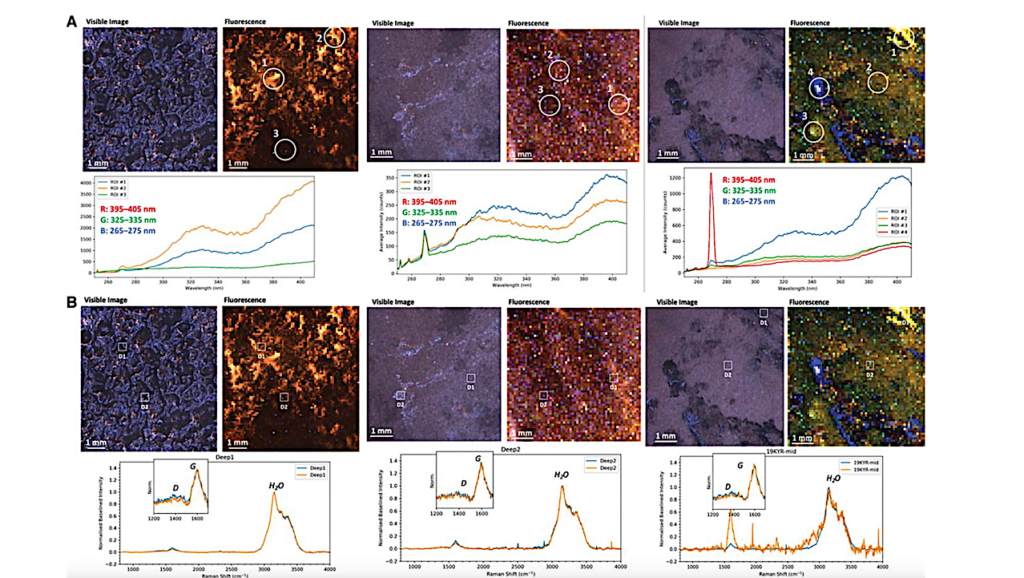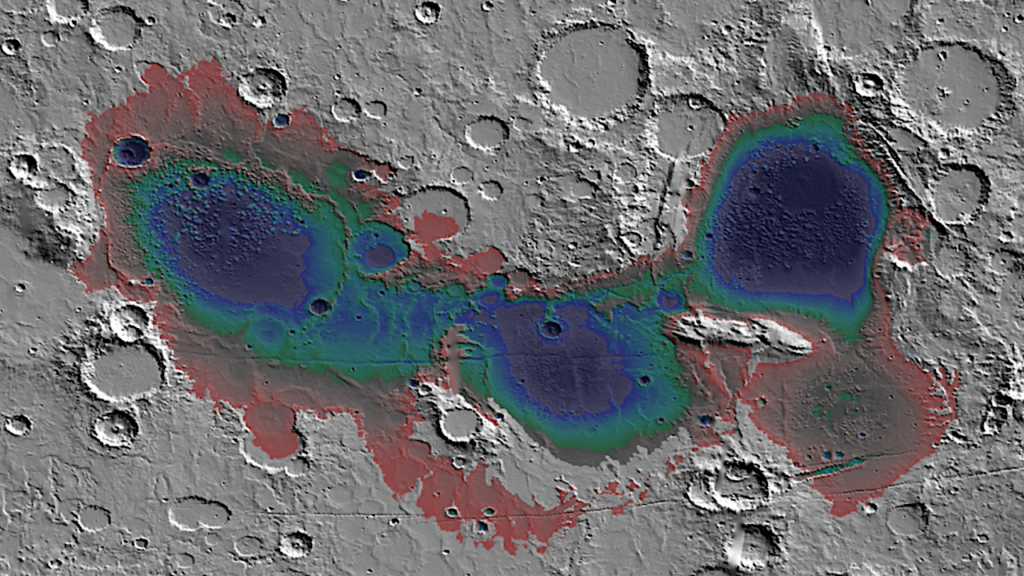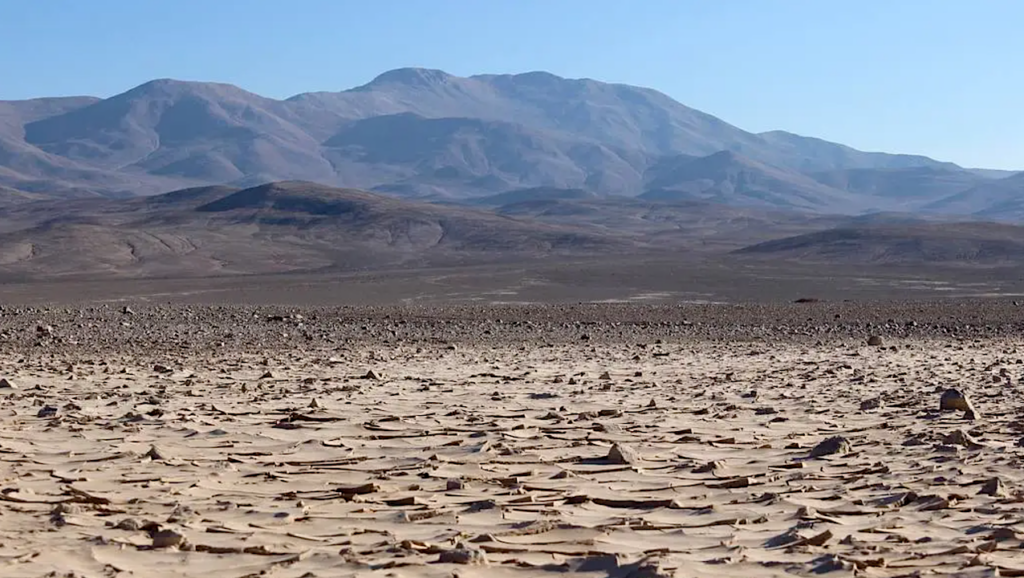Tiny Bubbles of Oxygen Trapped 1.6 billion Years Ago

Take a good look at these photos: They show you 1.6 billion years old fossilized oxygen bubbles, created by tiny microbes in what was once a shallow sea somewhere on young Earth.
The bubbles were photographed and analyzed by researchers studying early life on Earth.
Microbes are of special interest: They were not only the first life forms on Earth. They also turned our planet into a tolerable environment for plants and animals and thus their activity paved the way for life as we know it today.
Some of these early microbes were cyanobacteria that thrived in early shallow waters. They produced oxygen by photosynthesis, and sometimes the oxygen got trapped as bubbles within sticky microbial mats.

Fossilized bubbles and cyanobacterial fabric from 1.6 billion-year-old phosphatized microbial mats from Vindhyan Supergroup, central India. Credit: Stefan Bengtson.
The bubbles in the photos were preserved, and today they can be seen as a signature for life.
Ph.D. Therese Sallstedt and colleagues from University of Southern Denmark, Swedish Museum of Natural History and Stockholm University studied fossilized sediments from India, and they found round spheres in the microbial mats.
We interpret them as oxygen bubbles created in cyanobacterial biomats in shallow waters 1.6 billion years ago, said Therese Sallstedt.

Some bubbles have been partly compressed, suggesting a flexible original texture. Credit: Stefan Bengtson.
Cyanobacteria changed the face of the Earth irreversibly since they were responsible for oxygenating the atmosphere. Simultaneously they constructed sedimentary structures called stromatolites, which still exist on Earth today.
Some bubbles have been partly compressed, suggesting a flexible original texture. Credit: Stefan Bengtson.
The researchers now think that cyanobacteria played a larger role than previously believed in creating phosphorites in shallow waters, thereby allowing today’s scientists a unique window into ancient ecosystems. They published their findings in the journal Geobiology.



